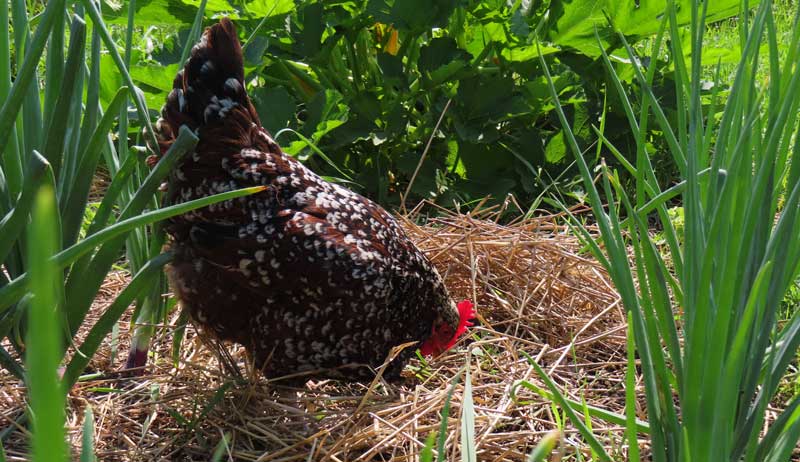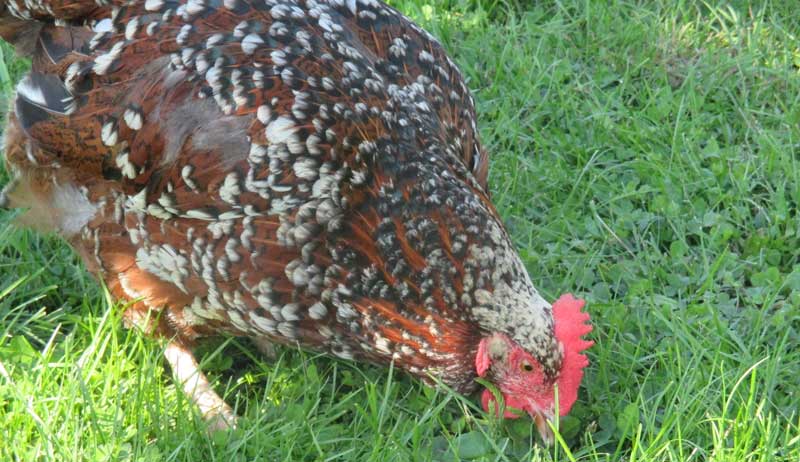Though poultry-keepers are often taught how to ward off predators and how to keep their chickens healthy, end-of-life issues (and options) are often left out of the chicken-care conversations. However, being able to recognize the signs when chickens are ill or close to an end-of-life scenario is of critical importance—especially if other members of the flock may be at risk. How keepers manage end-of-life events and how chickens are handled if they pass is also instrumental to flock biosecurity.
Healthy vs. Unhealthy
Though the lifespan of chickens can vary widely by breed and care, a good estimate is that most hens will live between 4 and 8 years. However, it’s not unusual for backyard birds that have no genetic issues to live to between 10 and 12 years old.
A healthy bird should be alert, with bright eyes, combs and wattles. Its nostrils should be clean and feathers should be smooth. The bird should stand upright and be interested in its surroundings, as well as eat, drink and produce waste regularly.
It follows, then, that an unhealthy bird would be the opposite of those listed previously. It may cough or sneeze, or you might be able to hear it breathing or gasping. The bird may shake its head and have discharge from its eyes or nose, and its wings may look dirty. Sick chickens tend to wipe their nostrils on their wings. Its face or wattles may be swollen, or it may have a bluish cast to its face.
Any of these can indicate that the bird has a respiratory infection.
Though most of these signs are obvious, a sick chicken may offer only subtle—if any—clues that it isn’t feeling well. It may hide, not eat well, have lower egg production, stand oddly, have unusual droppings or be lethargic. Any of these symptoms warrant a closer look at your chicken.
It can be a challenge for a backyard bird owner to recognize signs of disease as chickens are quite good at hiding when they’re ill, especially during an end-of-life issue. “Unless the chicken is outwardly sick, you may not know they are dying,” says Jacquie Jacob, poultry extension associate in the department of animal and food sciences at University of Kentucky.
“Chickens can take a lot of pain without showing signs. The outward symptoms [the chicken is showing] will depend on the cause of the heath problem. For example, if they have a reproductive blockage or some cause of abdominal fluid buildup, the chicken will walk like a penguin. In general, the first sign of [any chicken] illness is not eating.”
Jacob notes that not eating could also be the result of having no available water. Chickens won’t eat if they can’t drink.  Laura Сrazy/Adobe Stock
Laura Сrazy/Adobe Stock
Isolate, Hydrate, Diagnose
So what should you do with an unhealthy hen?
Isolate
Removing an unwell chicken from the flock will prevent it from being…
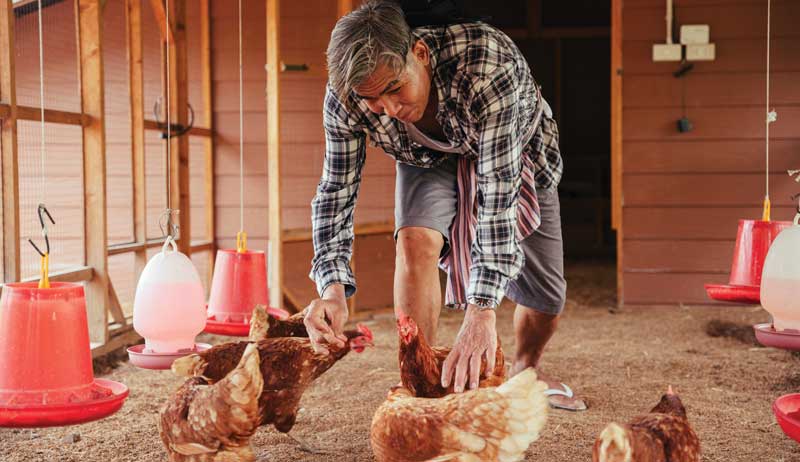




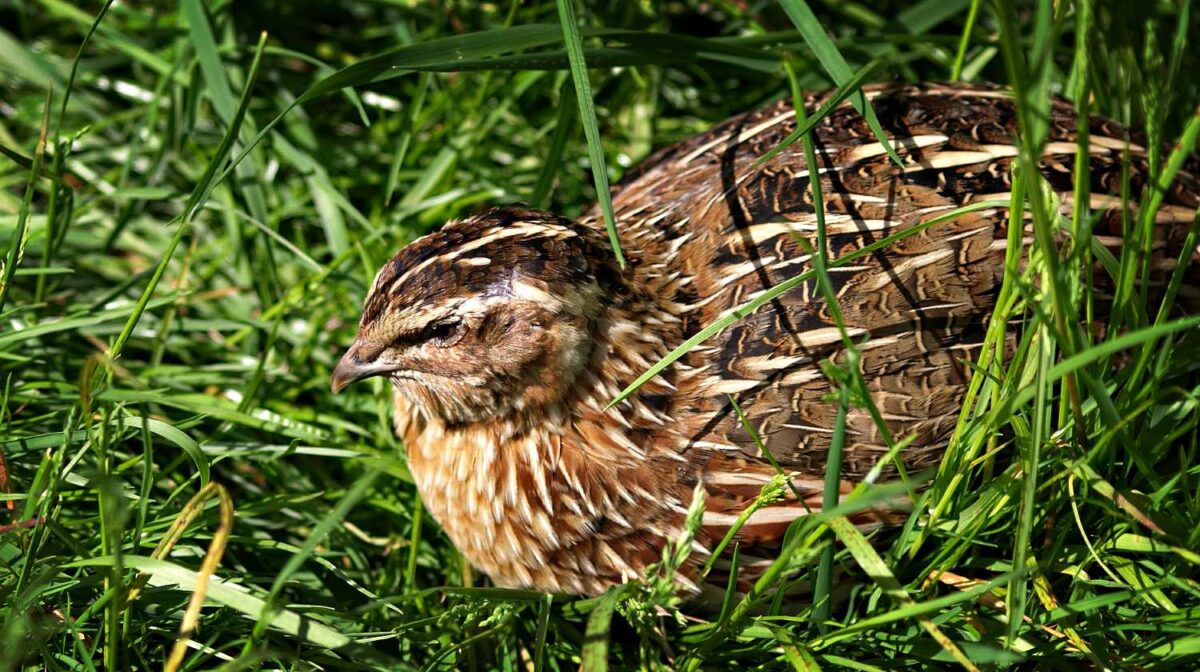









 Shelly Wutke
Shelly Wutke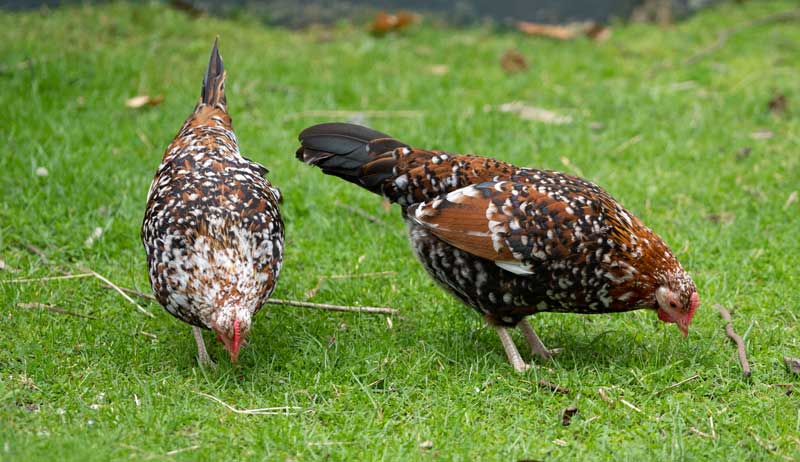
 MarieXMartin/Adobe Stock
MarieXMartin/Adobe Stock
